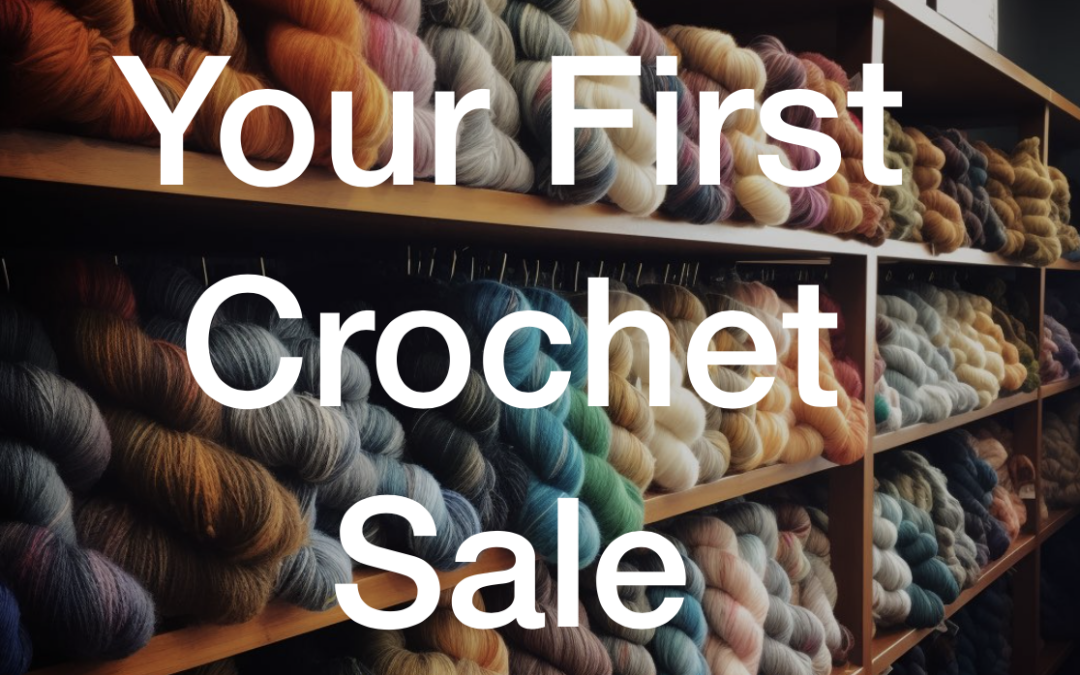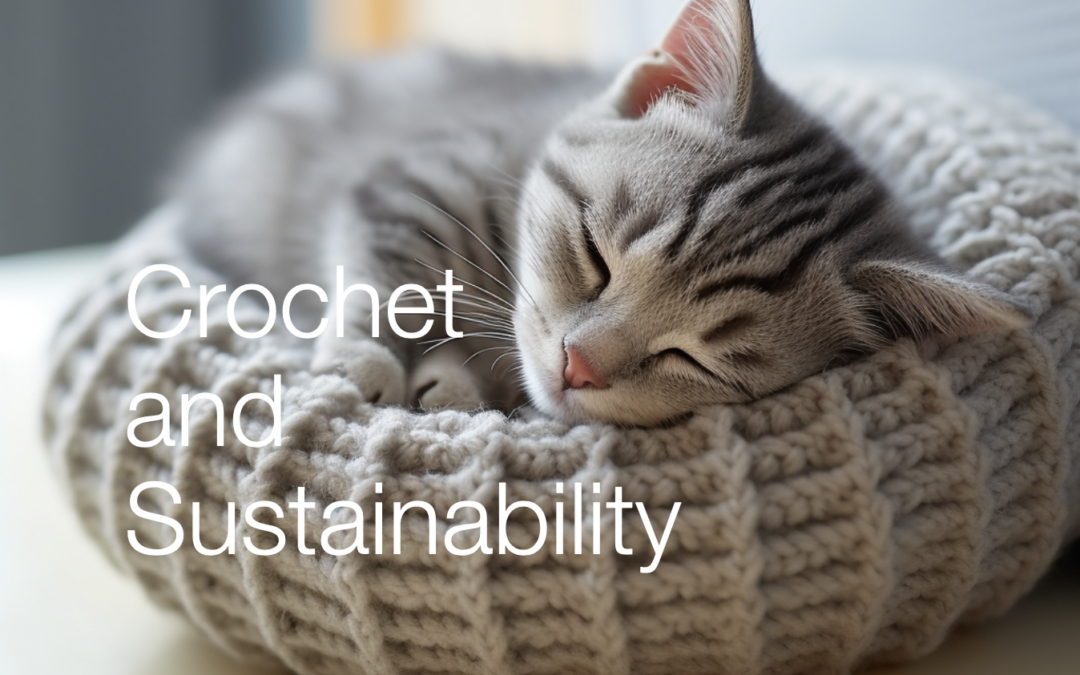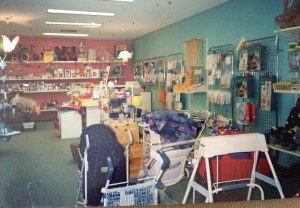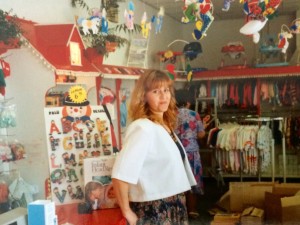Discover how crochet and sustainability have a natural intersection, as this craft involves creating beautiful and useful items from yarn, a renewable and versatile material.
Selecting Colours for Soft Home Furnishings
Soft Furnishings Colors
Soft Furnishings
Soft furnishings are cushions, afghans, throws, rugs, exposed tapestries and things like that.
At a stretch you can add table cloths, place mats and napkins in fact all table wear (napery).
Furthermore you can consider beautiful bed sheets, embroidered pillowcases and lacy trimmed lampshades as soft furnishings and in the bathroom, all the mats and towels with trims can be seen as soft furnishings.
Crochet is very good for all soft furnishing items for your home. either as the main component or as a trim.
More Articles
If you enjoyed this post and crochet is your thing, you may like some other crochet articles from our blog.

Triangle Shawl Crochet Design
Shawl and Wrap Shapes Wraps are rectangles and shawls are triangles. This is the general consensus. You can get semi-circle wraps as well. But in this post I'm discussing the structure of crocheted triangles. Triangles A triangle has three sides and three...

Your First Crochet Sale
Your First Crochet Sale Your first sale is defined as the one where you sell a hand-made crocheted item to someone you have never met. When you make your first sale it is one of the five steps towards building your prosperous crochet business. That initial sale can be...


